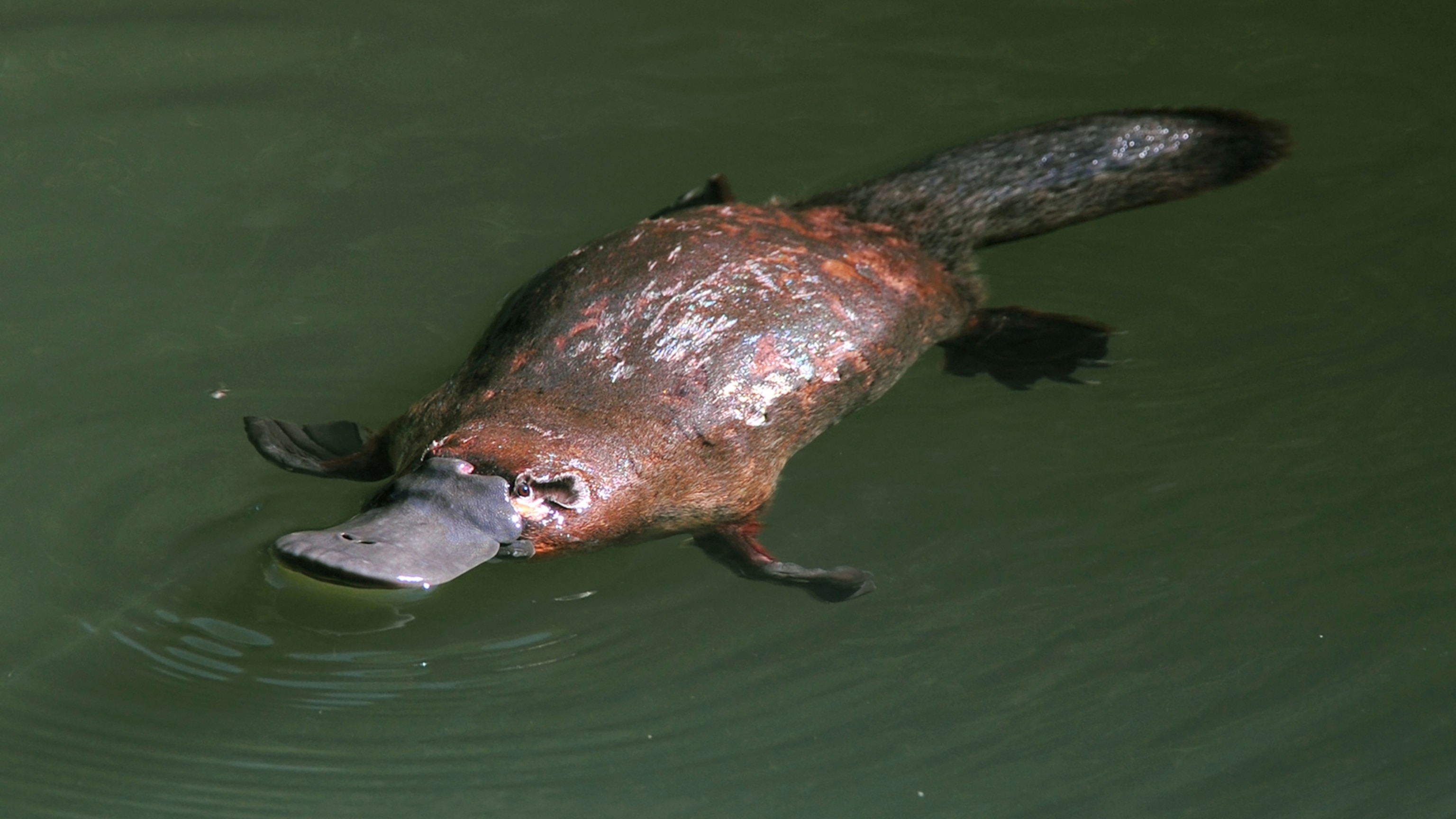

Then he moves forward and bites the hair on her shoulder with his bill. The male then curls his body around the female, his tail underneath her to one side of her tail. However, if she is willing, she will stay near the male and will allow him to grab her tail again if he dropped it. The male grabs the tail of the female with his bill and if the female is unwilling, she will try to escape by swimming through logs and other obstacles until she is set free. Male and female platypuses touch as they swim past each other. Mating is seasonal and varies with population. Male duck-billed platypuses initiate most mating interactions but successful mating relies entirely on the willingness of females. Sexual Dimorphism: male larger ornamentation Other Physical Features: endothermic homoiothermic bilateral symmetry venomous There is a significant reduction in body fat after winter for both young and adults (Pasitschniak-Arts and Marinelli, 1998).Īverage basal metabolic rate: 468 cm3.O2/g/hr. The young are smaller than adults in size. The young have milk teeth while the adults have grinding plates. Females have mammary glands but no nipples. Males are generally larger than females, and have two venom glands attached to spurs on their hind legs. Each foot contains five digits each consisting of a broad nail for the forefeet and sharp claws for the hind feet. They have short limbs, naked soles, webbed forefeet and partially-webbed hind feet.

Two nostrils are located on top of their bills and their eyes and ears are on either side of their heads. They have bills that closely resemble those of ducks, and flat and broad tails resembling those of beavers (Grant and Temple-Smith, 1998). Duck-billed platypuses are stream-lined and elongated, they have fur ranging from medium brown to dark brown on the dorsal side and brown to silver-gray on the ventral side. They have a cloaca through which eggs are laid and both liquid and solid waste is eliminated.

These species are unique among mammals in that they retain the ancestral characteristic of egg laying. According to Science Alert, the picture actually shows a small sculpture by Serbian fantasy artist Vladimir Matic-Kuriljov.Duck-billed platypuses are one of three species of monotremes. Turns out, the baby platypus pic is a hoax. Okay so which of these is a real baby platypus /Tr0rKEGKEW- niels February 17, 2020 As the picture went viral, many social media users googled for more pics of baby platypus - and were struck by the startling discrepancy between the pic and the results that showed up. However, not everything you see on the Internet is true. 6QiFPoM7G3- Beatgrrrl ? February 16, 2020 If a baby platypus doesn't make you smile, you have no soul. XEANd6YY5f- Lotty Earns February 15, 2020 I think a baby platypus is the closest we're going to get to a baby Yoda. Just in case you needed to see a baby platypus today. On Twitter, it has collected millions of 'likes' and 'shares', along with thousands of comments from people swooning over the baby platypus. The picture of one of Australia's most beloved species has delighted many on the Internet. The platypus is a duck-billed mammal endemic to eastern Australia, including Tasmania. The picture in question shows the tiny animal sitting snugly inside someone's palm, all small toes and cute smiles. A photo of a baby platypus is currently taking the Internet by storm, with many comparing its cuteness quotient to that of Baby Yoda or magical nifflers from Harry Potter's world of fantastic beasts.


 0 kommentar(er)
0 kommentar(er)
